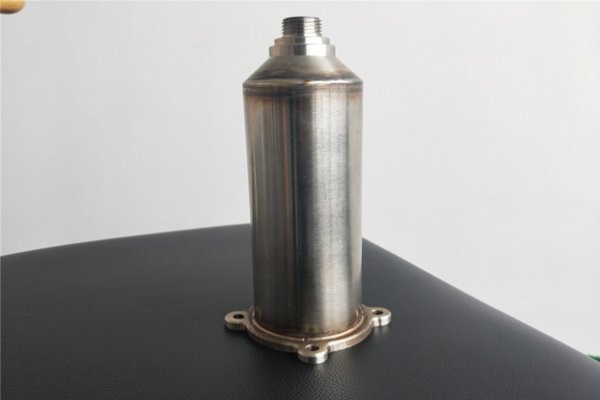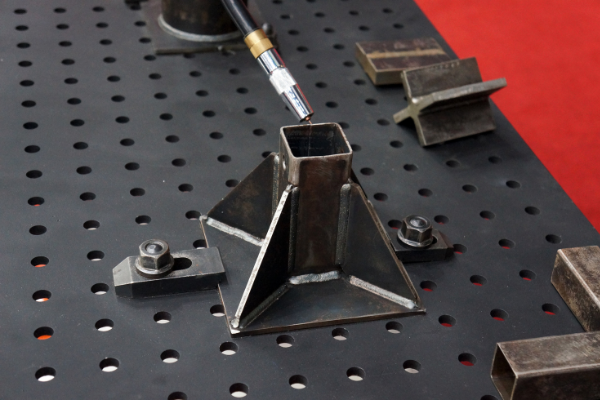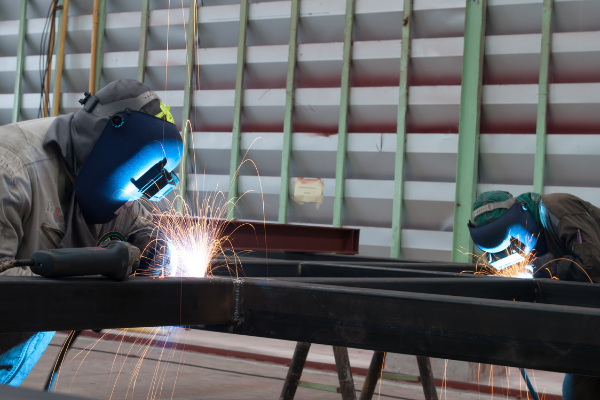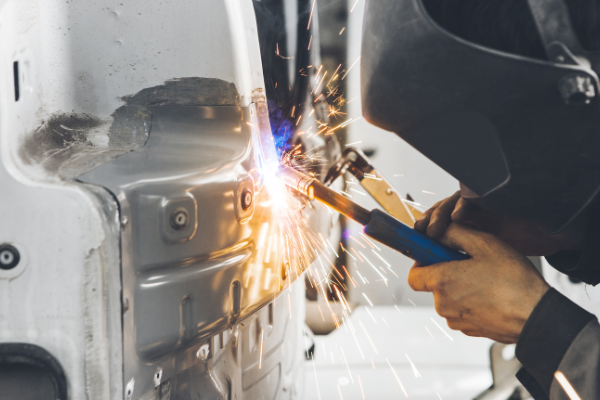TOP Welding Service from china
ETCN provides clients with weldable sheet metals. This includes copper sheets, thin stainless steel sheets, pvc sheets or tubing, and thin sheet welding.

Welding Service
Welding is used in a variety of industries, from construction to manufacturing to automotive. It is an essential process for many projects, both large and small. Whether you’re building a house or a car, welding is likely involved.
Welding is a process of joining two or more pieces of metal together by using heat, pressure, or a combination of the two. The most common welding processes are arc welding, gas welding, and resistance welding. There are many different types of welding, but they all have one thing in common: they use heat to melt the metal so that it can be joined together.
ETCN provides clients with weldable sheet metals. This includes copper sheets, thin stainless steel sheets, PVC sheets or tubing, and thin sheet welding service.
Types of welding services
Welding services can be broadly classified into three types:
– Structural welding: This type of welding is used to join two or more metal components to form a single structure. It is often used in the construction industry, for example, to weld beams and columns together.
– Pipe welding: This type of welding is used to join pipes together, usually for the purpose of carrying liquids or gases. It is commonly used in the plumbing and piping industries.
– Pressure vessel welding: This type of welding is used to join pressure vessels together, such as tanks and boilers. It is often used in the petrochemical and power generation industries.


The benefits of welding services
Welding services can offer a lot of benefits for businesses and individuals. Here are some of the key benefits that welding services can provide:
1. Improved Productivity: When fabricating metal components, welding is often faster and more accurate than traditional methods like soldering or riveting. This can lead to increased productivity and shorter production times.
2. Stronger Joints: Welded joints are often stronger than those made with other methods, making them ideal for critical applications.
3. Increased Efficiency: Welding can join together materials of different thicknesses, leading to increased manufacturing efficiency.
4. Cost Savings: Because welding is a versatile and efficient method, it can often save businesses money on production costs.
5. Quality Control: Welding services can help to ensure that products are of the highest quality, as welders can create joints that are strong and free of defects.
Welding Service FAQs

Frequently Asked Questions.
How much does it cost to weld?
Welding is a process of joining two materials, usually metals, by heating them to the point of melting and then using a filler material to join them together. It’s a common practice in many industries, from construction to automotive manufacturing. But how much does it cost to weld?
The answer depends on a few factors, including the type of welding being done, the materials being used, and the equipment needed. For example, MIG welding (a popular type of welding) generally costs between $75 and $150 per hour, while TIG welding can cost upwards of $200 per hour.
Of course, there are other costs to consider beyond the hourly rate. If you’re doing the welding yourself, you’ll need to factor in the cost of materials and any necessary safety gear. And if you’re hiring someone to do the welding for you, you’ll need to factor in their costs as well.
In general, though, welding is not an overly expensive process. With the right equipment and materials, it’s possible to weld quite affordably.
How much do welders charge per hour UK?
Welders in the United Kingdom charge an average of £25 per hour. However, rates can vary depending on the type of welding job and the experience of the welder. For instance, simple welding jobs may only cost £15 per hour while more complex jobs may cost £35 per hour.
How many inches can be welded in an hour?
If you’re a welding novice, it’s natural to wonder how much metal you can realistically weld in an hour. After all, welding is a time-consuming process, and even experienced welders can only weld so much in a day. So how many inches can you realistically expect to weld in an hour?
The answer, of course, depends on a number of factors, including your skill level, the type of welding you’re doing, and the thickness of the metal you’re welding. A beginner welder might only be able to weld a few inches of thin metal in an hour, while an experienced welder could easily weld several feet of thick metal in the same amount of time.
In general, though, most welders can expect to weld between 1 and 2 inches of metal in an hour. So if you’re planning on welding a large project, it’s important to factor in plenty of time for breaks and lunch. And always remember to stay safe when welding!
How to find a welding service?
There are many welding services out there, but how do you know which one to choose? Here are a few tips on how to find a welding service that will meet your needs:
1. Decide what type of welding you need. There are many different types of welding, so you’ll need to choose the one that’s right for your project. If you’re not sure, ask a friend or family member who is familiar with welding for their advice.
2. Once you know what type of welding you need, start searching for a welding service in your area. You can use an online directory such as the American Welding Society’s website, or you can ask around at local hardware stores or metalworking shops.
3. Ask for recommendations. Once you’ve found a few potential welding services, ask people who have used them before for their opinions. This will help you narrow down your choices and find the best possible service.
4. Get quotes from multiple services. Once you’ve found a few services that seem promising, get quotes from each one. This will help you compare prices and find the best deal.
5. Make your decision and get started on your project!
Request a Quote
Do you need a quote for your high-precision part? Contact us now by phone, email, or through our contact form.